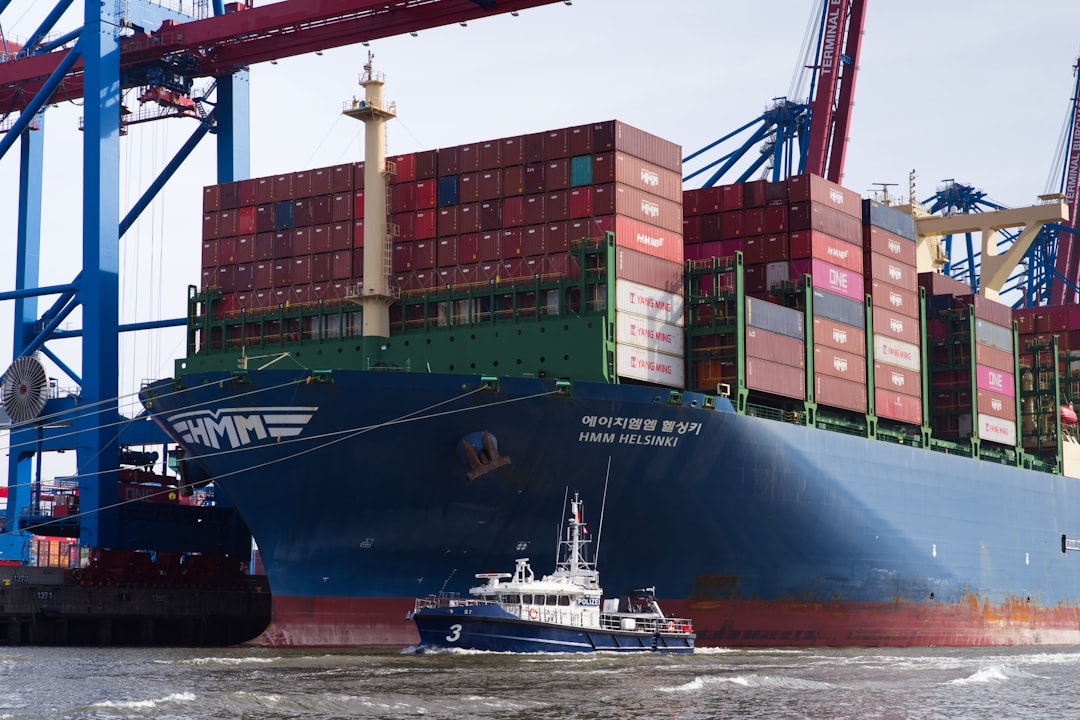In today’s interconnected world, the seamless movement of goods across borders is no longer a luxury, but a necessity. This is where global logistics partner networks step in, providing the intricate infrastructure and expertise required for efficient and reliable international trade. This post explores the crucial role these networks play, delving into their structure, benefits, challenges, and future trends.
1. The Architecture of Global Logistics Partner Networks
Global logistics partner networks are complex ecosystems built on collaboration and specialization. They typically involve a central orchestrator, often a large multinational logistics provider, who coordinates a web of smaller, specialized partners. These partners might include freight forwarders, customs brokers, warehousing companies, trucking firms, and last-mile delivery services. Each partner brings unique skills and resources to the table, allowing the network to handle diverse aspects of the supply chain, from origin to destination. The network’s architecture can vary greatly depending on the specific needs of the client, ranging from simple, linear structures for straightforward shipments to highly complex, multi-layered networks for intricate, global supply chains involving multiple modes of transportation and numerous handoffs.
2. The Key Benefits of Leveraging a Global Logistics Partner Network
Businesses of all sizes reap significant benefits from partnering with established global logistics networks. The most prominent advantages include:
- Cost Optimization: Networks negotiate favorable rates with carriers and service providers, resulting in lower transportation and handling costs.
- Enhanced Efficiency and Speed: Streamlined processes and optimized routes reduce transit times and improve overall supply chain efficiency.
- Improved Visibility and Tracking: Advanced tracking technologies and centralized platforms offer real-time visibility into shipment status and location.
- Reduced Risk and Compliance: Experienced partners navigate complex customs regulations and minimize the risk of delays or penalties.
- Scalability and Flexibility: Networks can easily adapt to changing demand, allowing businesses to scale their operations up or down as needed.
- Access to Specialized Expertise: Networks provide access to a wide range of specialized services, including temperature-controlled transportation, hazardous materials handling, and customs brokerage.
3. Navigating the Challenges in Global Logistics Partner Networks
While offering numerous advantages, global logistics partner networks also present unique challenges:
- Communication Barriers: Coordinating multiple partners across different time zones and languages can be complex and require robust communication strategies.
- Data Integration and Visibility Gaps: Integrating data from different partners’ systems can be challenging, leading to visibility gaps and potential inefficiencies.
- Security and Risk Management: Ensuring the security and integrity of goods throughout the supply chain requires robust security protocols and risk management strategies.
- Managing Partner Relationships: Maintaining strong relationships with multiple partners requires careful selection, ongoing communication, and performance monitoring.
- Geopolitical and Economic Instability: Global events such as political unrest, natural disasters, and economic fluctuations can significantly impact supply chain operations.
4. Technological Advancements Shaping Global Logistics Partner Networks
Technological advancements are revolutionizing global logistics partner networks. The adoption of technologies like:
- Blockchain: Enhances transparency and security by providing an immutable record of transactions and events throughout the supply chain.
- Artificial Intelligence (AI): Optimizes routes, predicts delays, and improves decision-making through data analysis.
- Internet of Things (IoT): Provides real-time tracking and monitoring of shipments through connected devices.
- Big Data Analytics: Enables better forecasting, risk management, and performance optimization.
These technologies are transforming how networks operate, leading to greater efficiency, visibility, and resilience.
5. The Future of Global Logistics Partner Networks
The future of global logistics partner networks will be shaped by several key trends:
- Increased Automation: Automation will continue to play a crucial role in optimizing processes and reducing costs.
- Growing Focus on Sustainability: Networks will increasingly prioritize environmentally friendly practices, such as using alternative fuels and optimizing routes to minimize carbon emissions.
- Enhanced Collaboration and Data Sharing: Greater collaboration and data sharing between partners will lead to improved visibility and efficiency.
- Rise of E-commerce and Omnichannel Fulfillment: Networks will need to adapt to the growing demands of e-commerce and omnichannel fulfillment, offering flexible and fast delivery options.
- Increased Resilience and Adaptability: Networks will need to be more resilient and adaptable to disruptions, such as pandemics or geopolitical instability.
In conclusion, global logistics partner networks are essential for facilitating international trade in today’s complex and dynamic world. By leveraging the benefits of collaboration, technology, and strategic partnerships, businesses can optimize their supply chains, reduce costs, and enhance their competitiveness in the global marketplace. The future of these networks promises even greater efficiency, transparency, and resilience, further unlocking the potential of global trade.
SEO Tags: Global Logistics, Logistics Partner Networks, Supply Chain Management, International Shipping, Freight Forwarding




